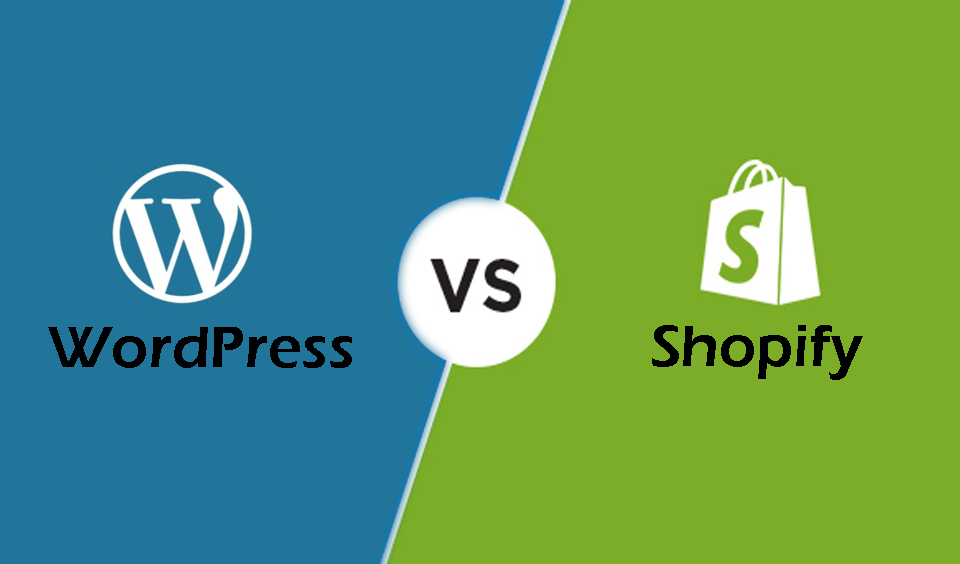Ifyour website is WordPress based or you work is closely connected tothe SEO fieldthenyou have almost certainly heard the phrase “creating the rightslug”. But what exactly does that mean and how can you use themcorrectly on your website?
Whatis a WordPress Slug?
Thetext part after your domain name which you can edit when writing anew post in WordPress. The slug identifies what the page is about.
Youcan have more than one slug in your URL as each slug represents thedifferent category, post, page, etc. You can make changes toabsolutely every slug on your website.
Slugsin SEO
FromaSEOpoint of view slugs play a vital role in shaping your Google ranking.The slugs you choose will help Google in assessing what the contentof the page is about and eventually what people will see in theirsearch results.
Whatto consider when writing your WordPress slug?
Thereare two basic rules to follow when choosing your slugs: you can useonly lowercase letters and make sure to changeall spaces with dashes. AsWordPress is a quite a sophisticated CMS itwill automatically do that for you even if you type it wrong.
WordPressPost Slug
Whenyou create or edit an already existing post on WordPress, first startoff with locating the PermalinkURL,bellow the Titlebox.
Clickon the Editicon. You can see that the slug part of the URL can be edited.
Writeyour chosen slug, click OKand then Publish/Update.
Makesure to keep your slugs clean and simple. Users always prefer toclick on URLs which are on point and show the main topic. This canstrongly improve the aesthetics and usability of your links. If youdon’t type in the slug yourself then WordPress will automaticallydo that based on your title.
WordPressPage Slug
Aswith the post slug, you simply click on Editnext to the Permalink and type in your chosen slug. Make sure toconfirm the change with OK and Publish/ Update.
WordPressCategory and Tag Slug
Whencreating a new Category or Tag WordPress will automatically createthe slug for you. If you still want to manually make the change, youcan simply go back and amend it after creating the Category/Tag.
Thesteps are identical for both Categories and Tags.
Clickon Posts–Categories/Tags.Choose the Editoption and fill in the slug you have chosen. Don’t forget to savethe changes using the Updatebutton.
Shouldyou change WordPress Slugs Later?
Beforemaking any changes to a slug at a later stage make sure it isabsolutely necessary. It is highly possible that visitors who try toaccess the original URL will have trouble doing so.
Inthe case ofPostsand Pages,WordPress tries to automatically redirect visitors to the new slug.It doesn’t always work however and you will need to set up aredirect to the URL.
Thereis also the SEO aspect you need to considerasChangingthe original slug will affect the current ranking and visibility ofthe page.





